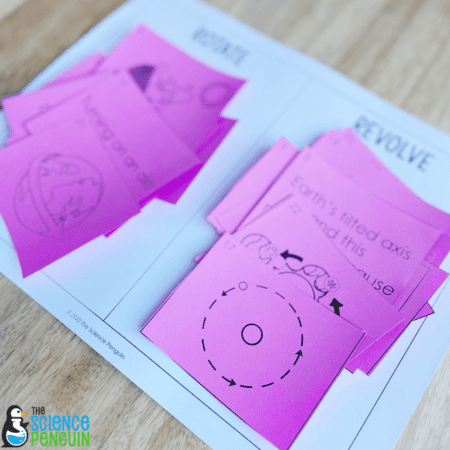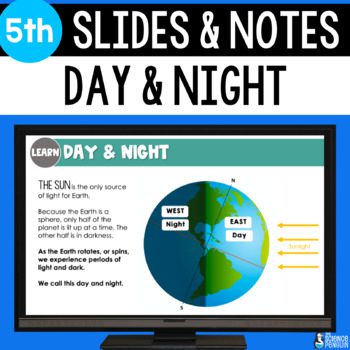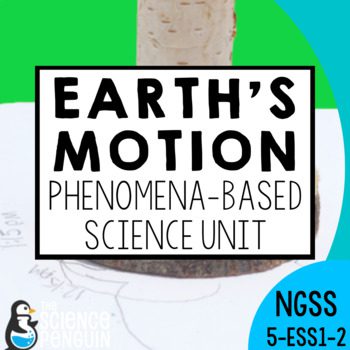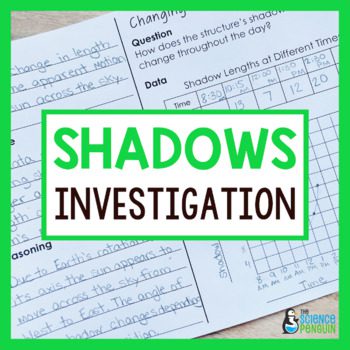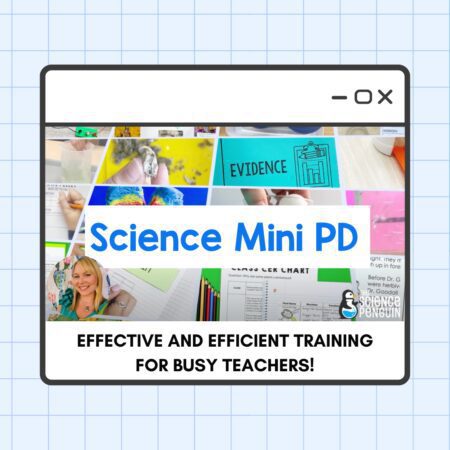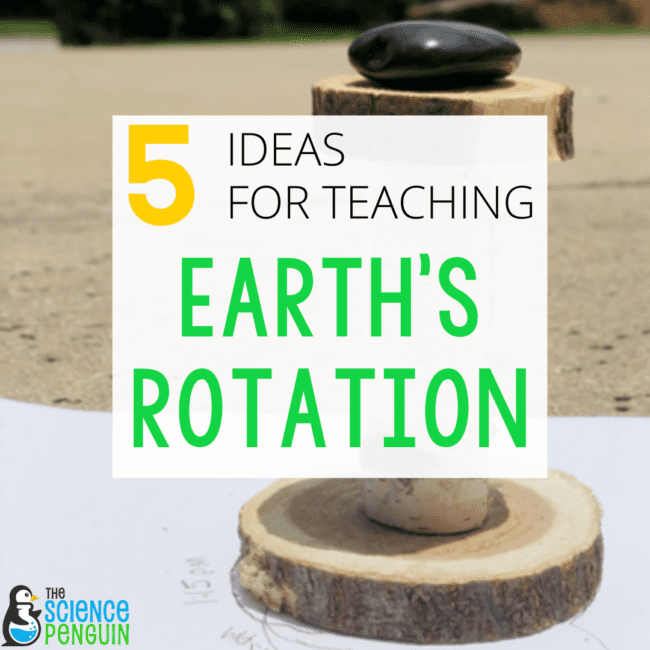
While in our solar system unit, we discussed how Earth would revolve and rotate around the sun. I would often try to explain how the Earth’s axial tilt and revolution around the sun determined our seasons, while Earth’s rotation is what gives us day and night.
My students needed some clarification regarding the reasons for day and night.
Misconceptions:
- The Earth orbits the sun once each day, causing night and day.
- The Sun moves across the sky.
- The Moon covers the Sun.
- The Sun goes behind the Earth once a day.
- The Earth rotates clockwise.
So, to help address these misconceptions, I knew we would have to take further actions to guide students toward a better understanding.
#1 Research and Brainstorm
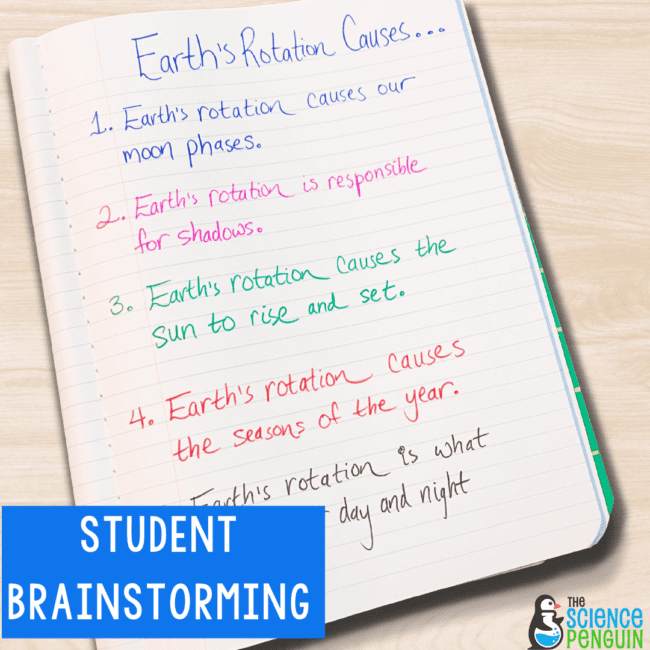
I first had my students research the time of the day in various parts of the world.
We then jotted a list of things on Earth that students think are related to Earth’s rotation (sunrise or shadows).
Sometimes my students would have suggestions that may be incorrect (moon phases or seasons), but we would come back to this list later so we could make revisions after learning more about this concept.
#2 Build a Sundial Model
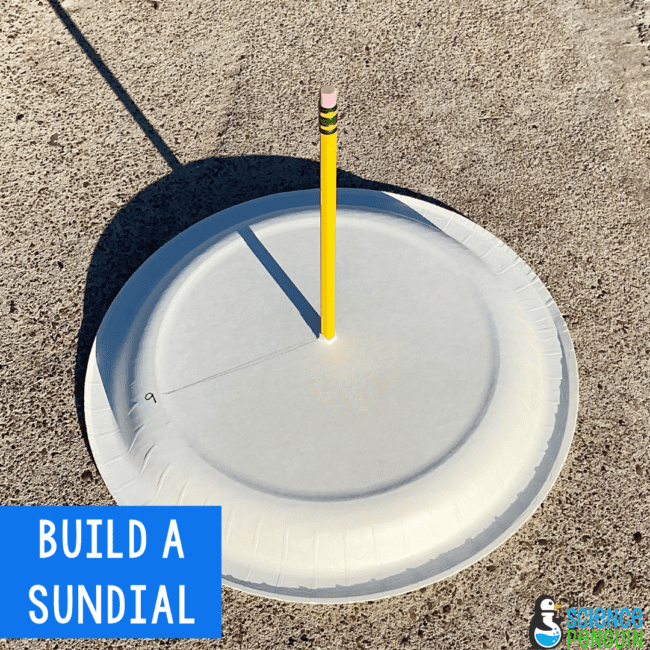
Building and using a model to explore Earth’s rotation on its axis and the apparent motion of the Sun across the sky was just what my students needed to have a hands-on approach method.
This STEM approach allowed my students to read about how early civilizations tracked time and then used their learning to build a working model.
Students would also use their models to take measurements and make observations. I loved how this activity also led my students through cross-curricular experiences!
Are you looking for some guidance? We’ve got you covered!
See it on TpT: Simple STEM- Build a Sundial
#3 Video & Chant
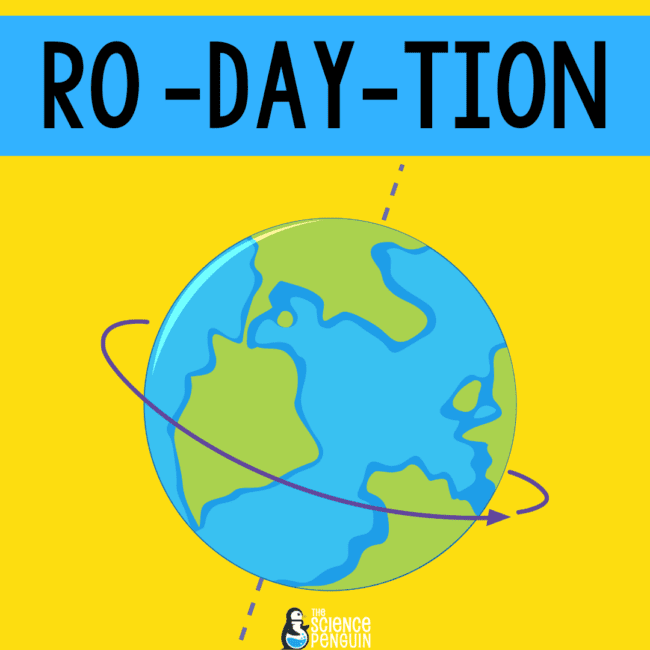
One of my students’ favorite YouTube science channels was Crash Course Kids! The short video clip helped explain how shadows change throughout the day based on the sun’s apparent motion across the sky.
Video: Shadow Changes
I love having my students up and making chants through vocabulary instruction. One of my favorites was having my students stand up by their chairs. They would point a finger in the air, make it spin in circles, and recite this chant with me. “Rotation, Ro-DAY-tion spins on its axis 24 hours a day.”
“Rotation, Ro- DAY-tion”
#4 Earth's Rotation Activity Pack
After exploring and gaining a conceptual understanding of the day and night cycle, I needed some materials to help explain and elaborate upon what they learned. The Earth’s Rotation Activities Pack gave me various tools that allowed my students to practice and extend.
This bundle includes labs, foldable notebook templates, task cards, slides and notes, and a digital inquiry lesson that allows you to use these products in any order you wish!
See it on TpT: Earth’s Rotation Activity Pack
#5 Revolve vs. Rotate
Do your students need a refresher on rotation vs. revolution?
Take some everyday objects, such as a Wiffle ball and marble, to emphasize rotation and revolution, then have students apply their knowledge with Sorting Relays!
You’ve got academic content and an opportunity for movement and teamwork. Students review by sorting images and brief descriptions related to rotation and revolution.
The cards have vocabulary terms, images, and brief descriptions, which are perfect for a timed competition!
Check out the Rotate vs. Revolve Task Cards
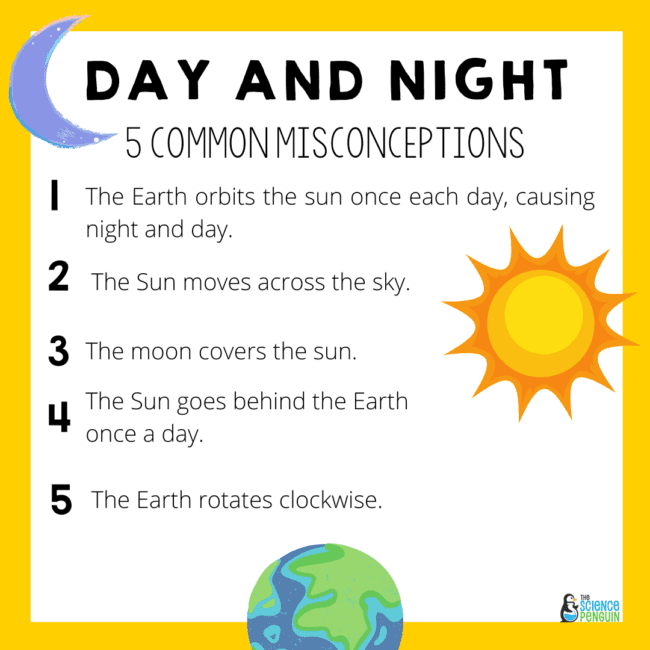
Access the Free Resource Library
This is an exclusive library of 40+ science printables, labs, activities, and games for grades 3-6. Sign up and check your email for immediate access.


